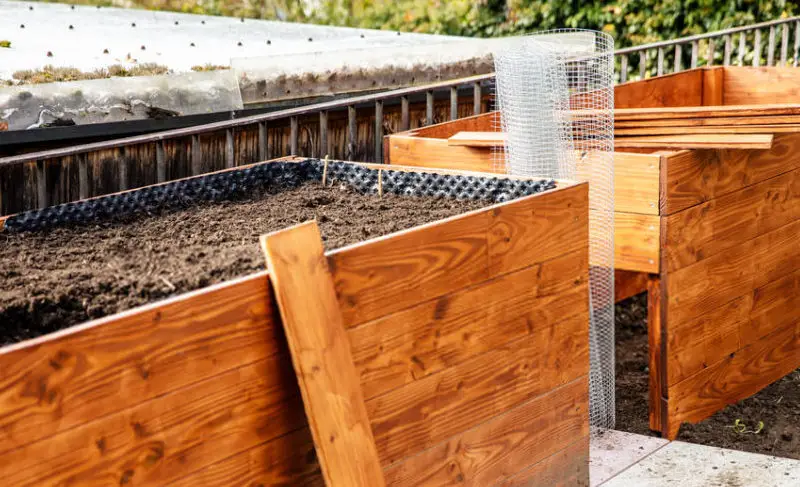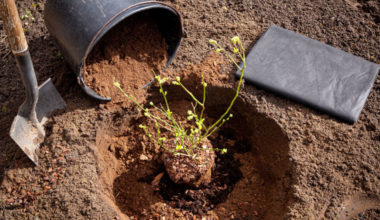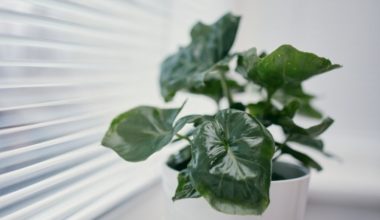The raised bed garden can be defined as an above-ground garden, cultivated in height, in which the soil is held by a container of variable height.
A few decades ago, a vegetable garden was only conceived in large plots where a multitude of varieties of vegetables, herbs, and small fruits were lined up.
Planting in a raised bed offers many advantages. You can grow vegetables, herbs and flowers in a very small area – above ground or on stable sites and terraces.
Above ground, there are fewer problems with slugs and mice, and even dogs and cats that like to scratch the ground don’t do so in raised beds. The soil warms up quickly, which guarantees an early and high-yielding harvest.
A big advantage is the comfort: you garden with a straight back. In addition, raised planters are decorative design elements for the terrace or garden.
Contents
What do I put on the bottom of a raised garden bed?
There are many filling patterns, we will show you some of them:
1. Use logs
This wood foundation is an excellent long-term nutrient reserve, so don’t hesitate to use very large logs that will take years to decompose. During this first step, remember to :
- Tighten the logs against each other to have as little daylight as possible;
- Fill the holes with small pieces of wood or RCW (Ramial Fragmented Wood), or even rotten logs which will only be better;
- Avoid cedar, walnut or black locust, which are woods that are very difficult to decompose.
2. Use “coarse” materials
It is also possible to fill in a 12-inch thick layer of coarse material, such as small clay balls or wood chips. What is important is that the material drains well, i.e. allows water to drain away. Plants do not like standing water.
3. Use mulch
It is also possible to lay down a layer of green waste, interesting for its richness in nitrogen. It’s the perfect time to make the rounds of your allotment, the day before the green waste collection! You can use :
- Lawn clippings;
- Fresh hedge trimmings;
- Leaves;
- Kitchen scraps;
- Grass clippings.
How do I fill in the rest of a raised bed garden?
In order for your plants to grow well, they need nutrients. And these nutrients are provided by a good potting soil. When filling the raised bed garden, make sure that each layer takes up about one third of the height. How to properly fill your raised bed garden:
We already talked about the first layer in the paragraph above, so we’ll tackle the top layers.
Layer 2: On top of the expanded clay, place mulch felt. This separates the potting soil from the small balls and prevents potting soil from seeping into the expanded clay drainage layer when watering.
Layer 3: Next, fill the second third of your raised bed with compost. This nutrient-rich soil increases the fertility and yield of your plants.
Layer 4: Fill the last third with balcony and raised bed planting soil. This potting soil is suitable for planting vegetables and flowers.
Once your raised bed garden is filled and the seeds are planted, water the potting soil generously. Plants in raised beds need more water than those in the ground. So check regularly to make sure the top layer is not dry.
How deep should a raised bed be?
When it comes to the depth of the vegetable garden, there is no set rule. The height actually depends on how you want to grow your garden.
The higher it is, the less you will have to bend, but at the same time, the volume of soil needed to fill the container will be greater.
Still, to ensure the proper development of vegetable plants, a height of at least 8 inches is necessary. The root system of the vegetables and herbs will be able to grow properly.
Which soil to fill your vegetable garden?
Depending on the size of your garden, the volume of soil can be substantial. And if you only use potting soil, the bill may be a bit high. Moreover, potting soil has its limits and will not sustainably nourish your plants.
You can also simply fill your vegetable garden with garden soil, with the addition of mature compost. This is perfectly fine to obtain beautiful vegetables. But if you want to give yourself the best chance, multiply the layers of different elements to encourage the life of micro-organisms necessary for the good balance of the soil.
Next, you can put a layer of woody and carbonaceous material, such as crushed wood. On top of this layer of wood, where the mycelia develop, lay a layer of fresh grass clippings or compost. And finish with topsoil or potting soil, a light and airy substrate. Feel free to pack each layer with the flat of a rake. It’s time to plant or sow…
If you have decided to plant your vegetable garden on a non-soil soil, do not forget to start with a layer of gravel.








